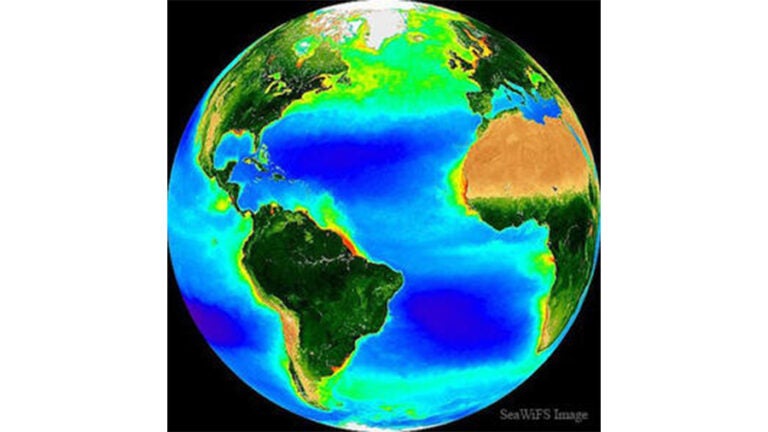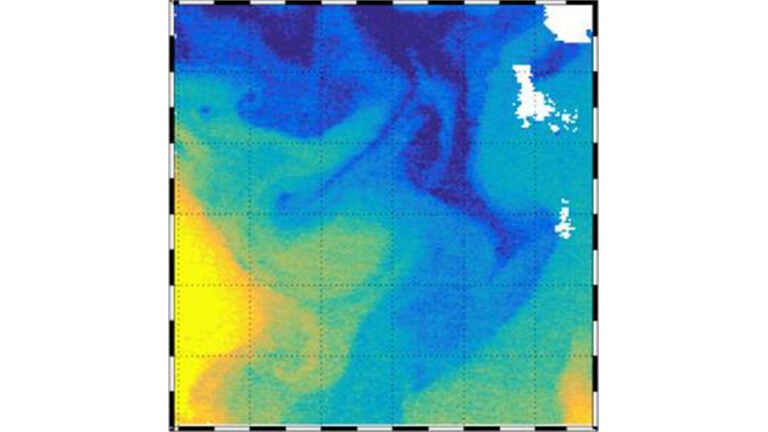The Levine Lab is working to understand how dynamics occurring at the scale of individual microbes impact large-scale ecosystem processes such as rates of global carbon cycling. Below are the current on-going projects in the group.
Microbial Evolution in the Ocean
One of the grand challenges in Biological Oceanography is to understand how microbes will evolve in response to anthropogenically driven changes in climate and the implication for biogeochemical cycling, ecosystem structure, and food web dynamics. We are combining evolutionary theory with biogeochemical models to gain new insight into how microbes, in particular phytoplankton, might evolve in a warmer ocean. We have several projects focused on generating hypotheses about the types of trait changes that might result from adaptation under multi-stressor selective pressure, constraining the relevant timescales for marine phytoplankton adaptation, and understanding of the implications of phytoplankton adaptation for carbon cycling and ecosystem dynamics.
Group members:
- Chase James
- Melanie Staeubli
- Suzana Leles
Microbial Ecosystem Dynamics and Global Change
Heterotrophic microbes play a fundamental role in ocean carbon cycling. However, we still have a limited understanding of how shifts in climate will impact heterotrophic microbial communities, the consequences of these shifts for rates of biogeochemical cycling, and the potential for climate feedbacks. We have several ongoing projects aimed at developing numerical models that explicitly represent dynamic, diverse microbial communities and their impact on ocean carbon cycling. This includes developing a mechanistic understanding of the turnover time of dissolved organic matter and the vertical flux of particulate organic matter in the ocean. We are also working to define heterotrophic microbial functional groups within a biogeochemical model specifically focusing on trade-offs between different traits.
Group members:
- Hagen Buck-Wiese
- Kate Evans
- Zach Landry
- Ryan Reynolds
Phytoplankton-Bacterial Interactions
Our paradigm of marine microbial ecosystems has shifted from single celled organisms living in a dilute, well-mixed environment, to microbial communities directly interacting with one another. There is increasing evidence that the microenvironment surrounding phytoplankton cells (phycosphere) contains an active microbial community which is interacting with the host cell. We have several projects aimed at understanding the ways in which phytoplankton and bacteria interact and how that influences rates of carbon and nutrient cycling on both small (i.e. cellular) and large (i.e. global) scales.
Group members:
- Daniela Osorio Rodriguez
- Melanie Staeubli
- Anna Weiss
Life in a Dynamic Ocean
The oceans are inherently variable on many different temporal and spatial scales. This variability plays a fundamental role in driving biogeochemical cycles and ecosystem dynamics. We have several ongoing projects focused on understanding the impact of fine-scale environmental variability on marine microbial communities.
Group members:
- Jessica Zaiss
THANK YOU!
Thank you to NSF, the Simons Foundation, Moore Foundation, Schmidt Foundation, and the Sloan Foundation for funding our research! None of this would be possible without their support.




